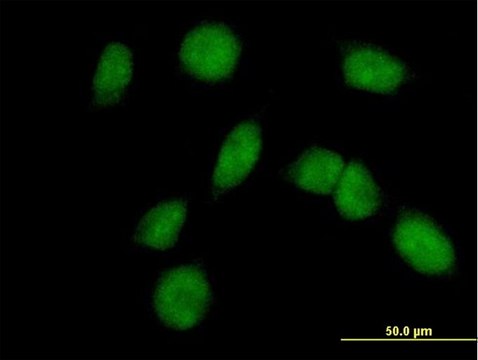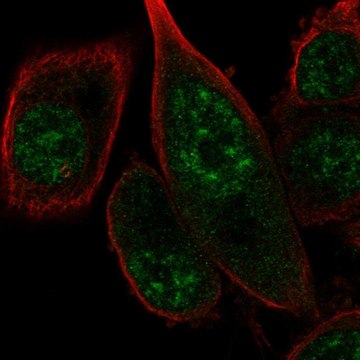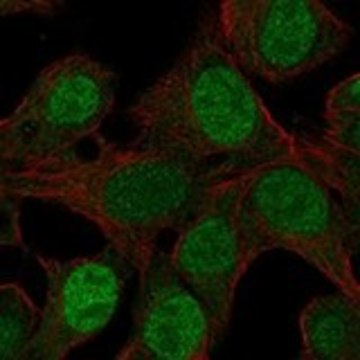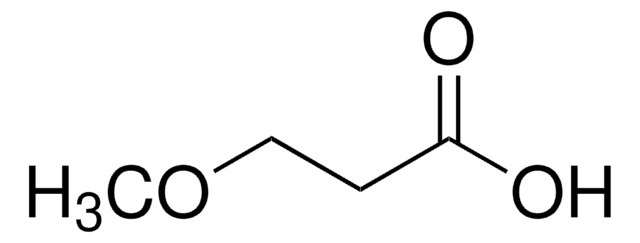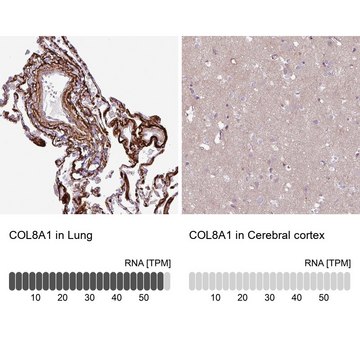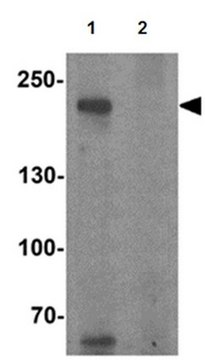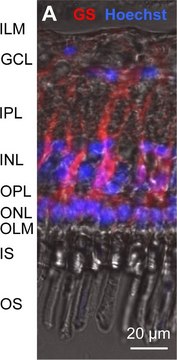MABC545
Anti-FANCM Antibody, clone CV5.1
clone CV5.1, 0.5 mg/mL, from mouse
Synonym(s):
Fanconi anemia group M protein, Protein FACM, ATP-dependent RNA helicase FANCM, Fanconi anemia-associated polypeptide of 250 kDa, FAAP250, Protein Hef ortholog
About This Item
Recommended Products
biological source
mouse
Quality Level
antibody form
purified immunoglobulin
antibody product type
primary antibodies
clone
CV5.1, monoclonal
species reactivity
human
concentration
0.5 mg/mL
technique(s)
immunocytochemistry: suitable
isotype
IgG1κ
NCBI accession no.
UniProt accession no.
shipped in
wet ice
target post-translational modification
unmodified
Gene Information
human ... FANCM(57697)
General description
Immunogen
Application
Epigenetics & Nuclear Function
Apoptosis - Additional
Quality
Immunohistochemistry Analysis: A 1:100 dilution of this antibody detected FANCM in A431, HeLa, and HepG2 cells.
Dylight® is a registered trademark of Thermo Fisher Scientific.
Target description
Physical form
Storage and Stability
Legal Information
Disclaimer
Not finding the right product?
Try our Product Selector Tool.
Storage Class Code
12 - Non Combustible Liquids
WGK
nwg
Flash Point(F)
Not applicable
Flash Point(C)
Not applicable
Certificates of Analysis (COA)
Search for Certificates of Analysis (COA) by entering the products Lot/Batch Number. Lot and Batch Numbers can be found on a product’s label following the words ‘Lot’ or ‘Batch’.
Already Own This Product?
Find documentation for the products that you have recently purchased in the Document Library.
Our team of scientists has experience in all areas of research including Life Science, Material Science, Chemical Synthesis, Chromatography, Analytical and many others.
Contact Technical Service